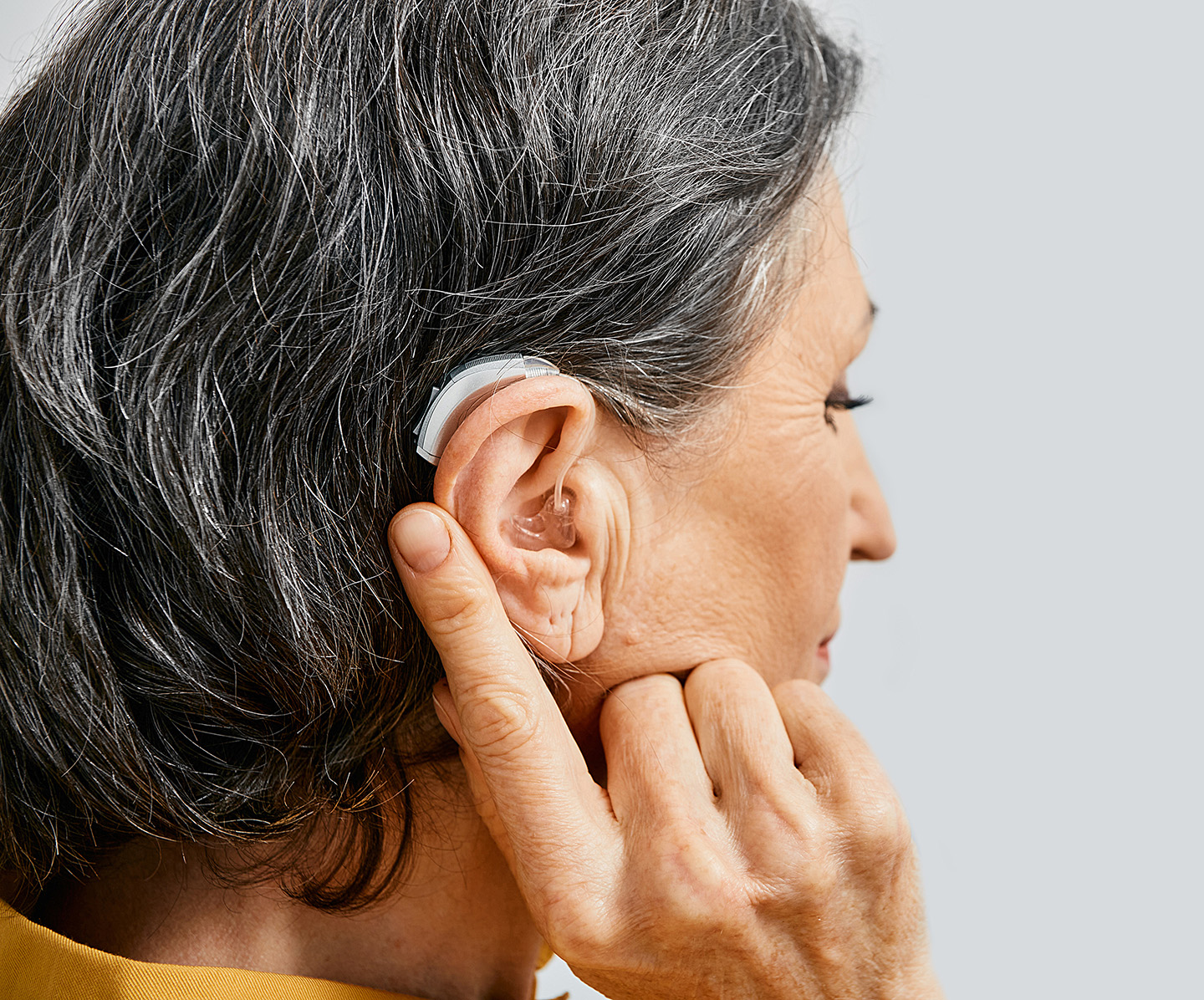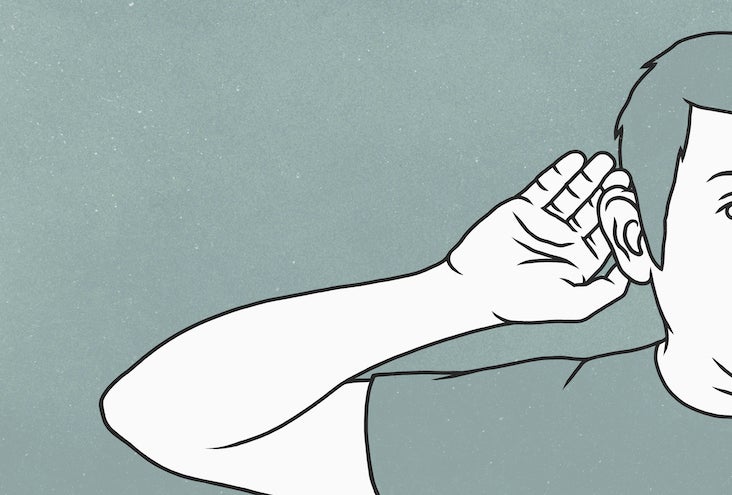How Can I Prevent Hearing Loss?
What we do
hearing loss cornwall is a long established cornish charity promoting inclusion and deaf awareness across cornwall and the isles of scilly. Our charity can provide information, advice, training and communication support, including british sign language interpretation services. Whether you are profoundly deaf or living with hearing loss, hearing loss cornwall is here to support you, and will help to direct you to the services which are most relevant to you. Our aim is to build
great
er awareness about hearing loss. There are many causes of deafening, most are unavoidable.
 However, in our trainings we highlight preventative measures to help ensure that people can minimise their risk of hearing loss, or benefit from early diagnosis.
However, in our trainings we highlight preventative measures to help ensure that people can minimise their risk of hearing loss, or benefit from early diagnosis.
Conductive hearing loss is caused by problems in the outer and middle ear, which can prevent sounds getting through to the inner ear. The most common cause can be a build-up of wax in the ear canal, perforated eardrums, fluid in the middle ear, or damaged or defective middle ear bones (ossicles).
The medical profession is keen to know what causes loss of hearing because if we know the causes, we can treat them or prevent them. Sociologists also want to know what causes deafness because of the effect that it has on communities. Remember, again, interest in the cause is only of great interest if you want to do anything about it. There are many deaf people for whom the cause of their deafness is only of vague, peripheral interest. It certainly isn't high on the list of things you'd know about someone. It's more important to know if the person has been deaf from birth and if they have any deaf.
In terms of our ability to communicate with others, hearing is our most critical sense. Even relatively mild hearing loss can seriously disrupt how we interact and connect with others. Without healthy hearing, the consequences for our social and mental health — and physical health, in some cases — become greater, and overall quality of life can plummet. Healthy hearing requires a number of processes in the inner ear and brain to work properly in order to correctly interpret the sounds you hear. Inner-ear problems, or ear problems in general, can prevent crucial pieces of sound information from reaching the brain, leading to confusion and an inability to understand what is being said.
Types of Hearing Loss
The medical community has identified three types of hearing loss: conductive , sensorineural , and mixed. What they all have in common is that one’s hearing capacity is significantly reduced. This has a direct impact on a person’s quality of life, health and social interactions. What you do to manage your reduced ability to hear depends on its severity. Medical-grade hearing aids are currently the best solution to improve your hearing. Hearing loss can affect many aspects of your life.
 Communication with family and friends, business meetings, telephone calls, or spending time with your children can become a challenge.
Communication with family and friends, business meetings, telephone calls, or spending time with your children can become a challenge.
A sensorineural hearing loss (also known as snhl) is a hearing loss that results from loss of or damage to the tiny hair cells in the cochlear in the inner ear. The tiny hair cells in the cochlear transmit sound from the inner ear through the hearing nerve to the brain. There are different types of sensorineural hearing loss. You can have a sensorineural hearing loss in one ear ( unilateral hearing loss ) or in both ears ( bilateral hearing loss ). A sensorineural hearing loss can be a sudden sensorineural hearing loss. A sensorineural hearing loss can also be a high-frequency hearing loss or a low-frequency hearing loss.
Hearing loss makes it difficult or impossible to hear speech and other sounds. There are different types of hearing loss, and they can range from mild to severe. Some types of hearing loss are temporary, and some are permanent. There are several types of hearing loss: auditory processing disorders: these occur when the brain cannot process sound. This makes it hard to understand speech or to work out where sounds are coming from. Conductive hearing loss: there is when there is a problem with the outer or middle ear, so sound cannot pass through to the inner ear. It may be caused by ear wax , an ear infection , a punctured ear drum, fluid in the ear or abnormal bone growth in the ear (known as otosclerosis ).
The human ear is divided into 3 parts — the external, middle, and inner ear. The inner ear is located inside the skull. It is the most complex part of the ear. The soft tissue of the inner ear is made of different types of cells and nerves, all arranged in a pattern on a thin sheet of tissue. Large tubes filled with fluid surround the soft tissue of the inner ear. Hearing loss occurs when the inner ear is damaged. Frequent exposure to loud or moderately loud noise over a long period of time can damage the soft tissue of the inner ear.
Sensorineural Hearing Loss (SNHL)
Feeling of being off-balance or dizzy (more common with ménière disease and acoustic neuroma ) feeling of pressure in the ear (in the fluid behind the eardrum) ringing or buzzing sound in the ears ( tinnitus ) we often take for granted all of the sounds around us, the bark of a dog, the buzz of a bee, or the melody of our favorite symphony. Yet for many people, the world is a very quiet place. They've lost the ability to hear sounds in one or both ears. Let's talk about hearing loss. To understand how you lose hearing, you first need to know what normally happens inside your ear when you hear.
Sensorineural - a hearing loss that usually develops due to damage to the small sensory cells in the inner ear, called hair cells. This damage can occur as a result of disease, illness, age, injury from exposure to noise or certain medicines, or as the result of a genetic disorder. Conductive - a hearing loss that occurs when sound waves cannot transmit through the outer or middle ear or both. This can, for example, be caused by earwax, fluid in the middle ear space, or a punctured eardrum. Medical or surgical treatment can often restore hearing in people with a conductive hearing loss.
Conductive hearing loss (chl) occurs when there is a problem transferring sound waves anywhere along the pathway through the outer ear , tympanic membrane (eardrum), or middle ear ( ossicles ). If a conductive hearing loss occurs in conjunction with a sensorineural hearing loss, it is referred to as a mixed hearing loss. Depending upon the severity and nature of the conductive loss, this type of hearing impairment can often be treated with surgical intervention or pharmaceuticals to partially or, in some cases, fully restore hearing acuity to within normal range. However, cases of permanent or chronic conductive hearing loss may require other treatment modalities such as hearing aid devices to improve detection of sound and speech perception.
There are 3 main types of hearing loss. The ear is made up of the outer ear, the middle ear, and the inner ear. The types of hearing loss - conductive hearing loss occurs when sounds cannot get through the outer ear (ear canal) and middle ear (ear drum, and the bones of the middle ear) to the inner ear. Soft sounds may be difficult to hear, and louder sounds may be muffled. - sensorineural hearing loss (snhl) occurs when there is damage to the inner ear. This is also called nerve-related hearing loss and is the most common type of permanent hearing loss.
Deafness and hearing loss
Hearing loss is a common problem that often develops with age or is caused by repeated exposure to loud noises. Action on hearing loss estimates that there are more than 10 million (about 1 in 6) people in the uk with some degree of hearing impairment or deafness. Hearing loss can occur suddenly, but usually develops gradually. General signs of hearing loss can include: difficulty hearing other people clearly and misunderstanding what they say asking people to repeat themselves listening to music or watching television with the volume turned up higher than other people require.
In a 2016 review, dr. Emamifar and colleagues reported that the most common hearing impairment in rheumatoid arthritis — affecting as many as 72 percent of patients in some studies — is sensorineural hearing loss. This type of hearing loss results from problems in the inner ear (the place where sound vibrations are translated into nerve impulses by hair cells in a fluid-filled structure called the cochlea) or the nerve that transmits sound and balance information from the inner ear to the brain. In a large national study from korea published in march 2019, researchers found that people with ra (primarily those over 50 years of age) were 40 percent more likely than those without the condition to develop another hearing problem: sudden deafness.
Hearing Loss: A Common Problem for Older Adults
Hearing loss is a very common problem among older adults in the united states. Specifically, approximately one-third of adults in the u. S. Between the ages of 65 and 75 have some degree of hearing loss. The percentage increases to 50 in adults over the age of 75. Hearing loss is categorized into three main types: conductive – involves outer or middle ear sensorineural – involves inner ear mixed – a combination of the two.
Comments
Post a Comment